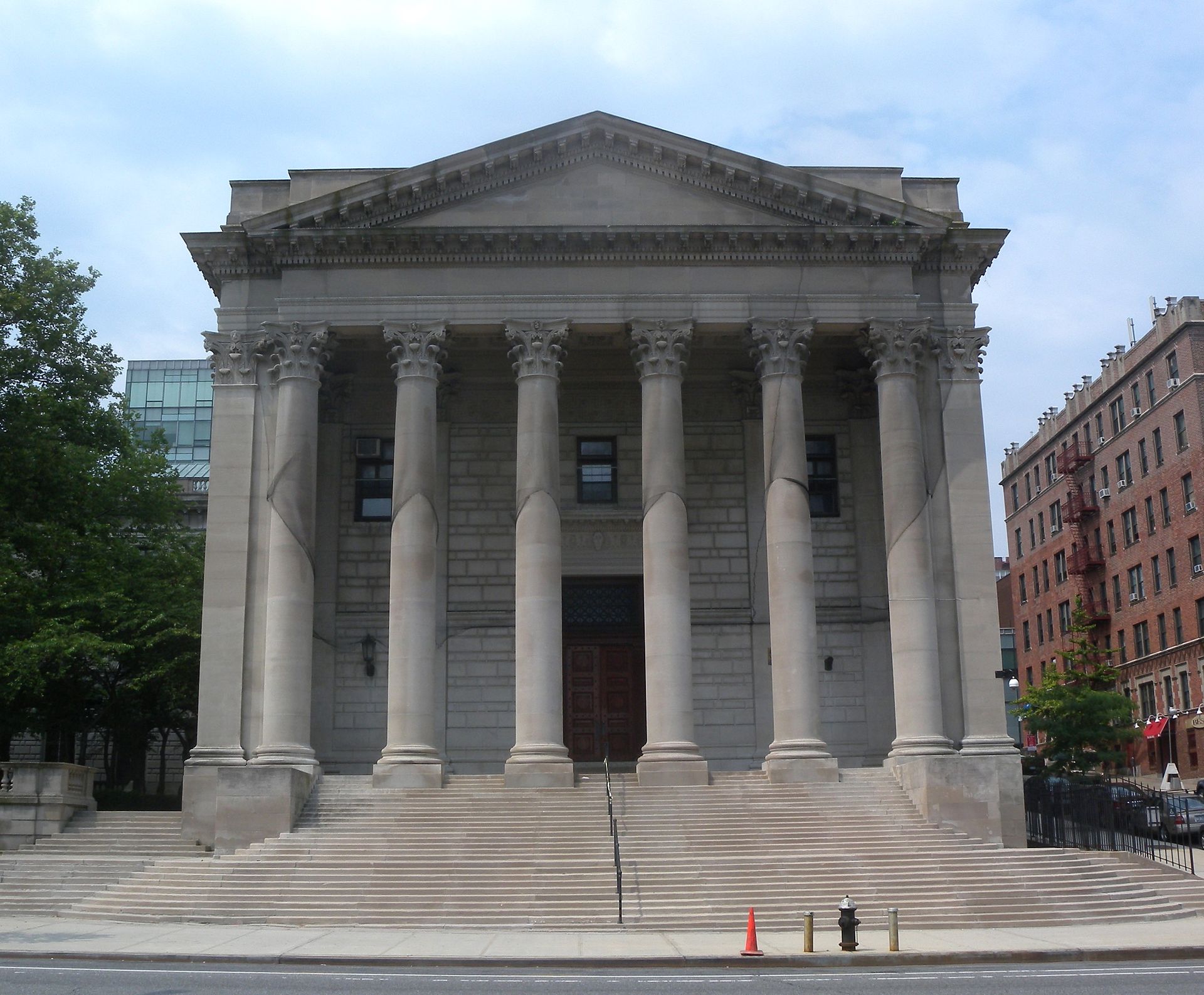Top Federal Appeal Lawyers: Expert Legal Guidance for Your Federal Appeal
Top Federal Appeal Lawyers: Expert Legal Guidance for Your Federal Appeal
Blog Article
Demystifying the Process of Federal Appeals: What You Required to Know
Navigating the detailed realm of federal charms can usually appear like traversing undiscovered waters for those not familiar with the process. Comprehending the subtleties of appellate court territory, the details of filing a notification of appeal, offering an engaging brief, and making a persuasive dental debate are crucial parts that can considerably affect the outcome of a situation. By unraveling the layers of complexity bordering government charms, people can obtain a clearer understanding into the mechanisms that control this critical point of the legal system.
Understanding Federal Appeals Refine
Looking into the elaborate realm of the government allures process reveals a organized and systematic journey through the judicial system - alaska federal appeal attorneys. Federal appeals function as an important system for evaluating choices made by lower courts. Comprehending this process is essential for anyone associated with lawful proceedings at the federal level
The process generally begins with an event dissatisfied with a reduced court's ruling filing a notice of charm. This triggers a testimonial by a greater court, where a panel of judges analyzes the legal arguments provided by both events. Briefs outlining the legal thinking behind each celebration's placement are submitted, and oral arguments might be heard to make clear complex issues.
The appellate court's decision is based upon an extensive examination of the reduced court's proceedings and the disagreements offered. The courts do not focus yet reconsider truths on whether legal errors occurred that affected the reduced court's decision. Once the appellate court gets to a decision, it can verify, reverse, remand, or modify the lower court's ruling, offering quality and finality to the lawful dispute. Recognizing this process is important for browsing the intricacies of government charms successfully.
Appellate Court Territory Described

Appellate courts have territory over certain types of cases, commonly those including legal mistakes, procedural concerns, or concerns of legislation instead than factual disputes. The territory of appellate courts is normally described in statutes and laws that govern the court system. Comprehending appellate court jurisdiction is essential for events entailed in the charms process as it figures out whether a situation is eligible for evaluation and the level to which the appellate court can interfere in the lower court's choice.
Declaring a Notice of Allure
The initial step in commencing the government charms procedure includes submitting a Notice of Charm with the proper appellate court. federal securities fraud appeal attorneys. This vital file formally informs the court and the various other events included in the instance that the appealing event means to look for a review of the lower court's choice. Filing a Notice of Charm is a stringent step-by-step need that sets the appellate procedure moving
When preparing the Notice of Allure, it is vital to make sure compliance with the specific guidelines and guidelines of the pertinent appellate court. The file needs to usually include information such as the case name, the reduced court's name, the date of the judgment being appealed, and a succinct declaration suggesting the premises for the charm.
When submitting a Notification of Allure,Timeliness is of the significance. Missing out on the deadline for submitting this record can cause the charm being rejected, underscoring the importance of accurate and prompt initiation of the charms process. It is advisable to look for legal advice to navigate the intricacies of submitting a Notice of Allure efficiently.
Rundown and Oral Disagreement
In the appellate procedure, offering written briefs and participating in dental disagreements play essential duties in supporting for the appealing celebration's placement before the appellate court. Briefs are comprehensive legal papers that outline the parties' arguments, lawful authorities, and analysis supporting their settings. These written submissions offer the court with a comprehensive understanding of the facts of the situation, the relevant legislation, and why the appealing event thinks the lower court's decision ought to be overturned.
Adhering to the entry and testimonial of the briefs, dental disagreements supply the parties an opportunity to further clarify their placements, attend to any kind of concerns the appellate judges may have, and emphasize bottom lines from their written briefs. Dental arguments are a possibility for the lawyers to encourage the judges through verbal advocacy and reactions to queries from the bench.

Getting the Appellate Court Choice

Final Thought
Understanding the appellate court territory, filing a notice of allure, preparing briefs, and providing dental debates are all important components of this process. Ultimately, getting the appellate court choice can supply clearness and resolution to lawful disagreements.
As we progress from recognizing the government appeals procedure to dissecting the intricacies of appellate court jurisdiction, an essential aspect comes to light regarding the authority and limitations of these greater courts in the lawful landscape. Appellate court territory refers to the extent of instances that a particular appellate court has the power to decide and evaluate upon. Unlike test courts that listen to situations for the initial time, appellate courts are limited to assessing choices made by reduced courts. Understanding appellate court jurisdiction is crucial for events entailed in the allures procedure as it figures out whether a situation is qualified for testimonial and the degree to which the appellate court can intervene in the reduced court's decision.
Whether the appellate court verifies, reverses, or remands the reduced court's decision, recognizing the effects of the judgment is essential for all celebrations involved in the appellate process.
Report this page